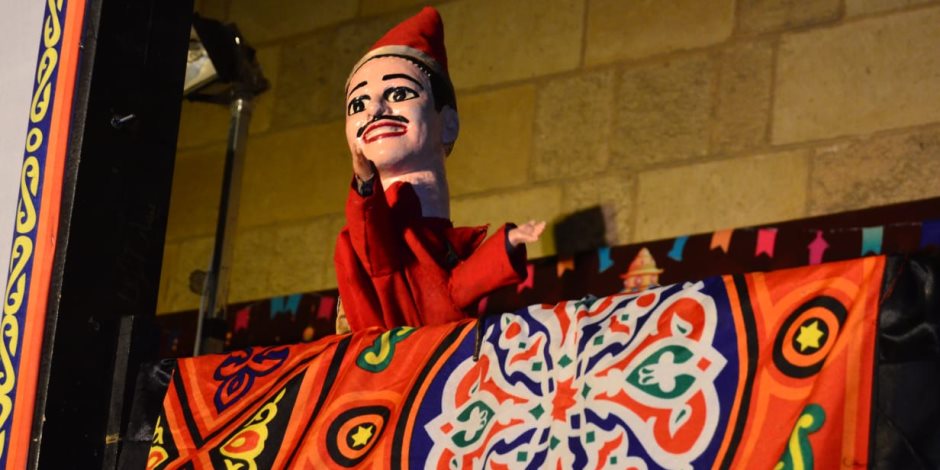Growing up in Egypt, most of us enjoyed the ‘aragouz’ (puppet) show during friends’ birthdays that we got invited to. For many of us, it was the best part of the birthday. A small portable stage would be set up, and the crowd would burst into laughter as soon as the puppeteer began narrating the story through his distinctive voice and colourful puppet. Switching between high-pitched and low, gravelly voices, the puppeteer would be behind his stage, hiding from the children who would be playfully sneaking over, and trying to unravel his real identity. Like many traditional art forms, one theory regarding the practice’s origins is ancient Egypt. According to the World Encyclopedia of Puppetry Arts, ancient Egyptians, namely certain ruling figures, retained various statuettes and ushabtis in their tombs. However, some figurines, and even automatons were noted among personal belongings, such as the Middle Kingdom ‘proto-automaton’ at the Metropolitan Museum in New York. Although it is unclear whether these statuettes had been used for entertainment purposes, the history of such objects shows a clear fascination with the modelling of the human body. Moreover, the origin of the popular word…




